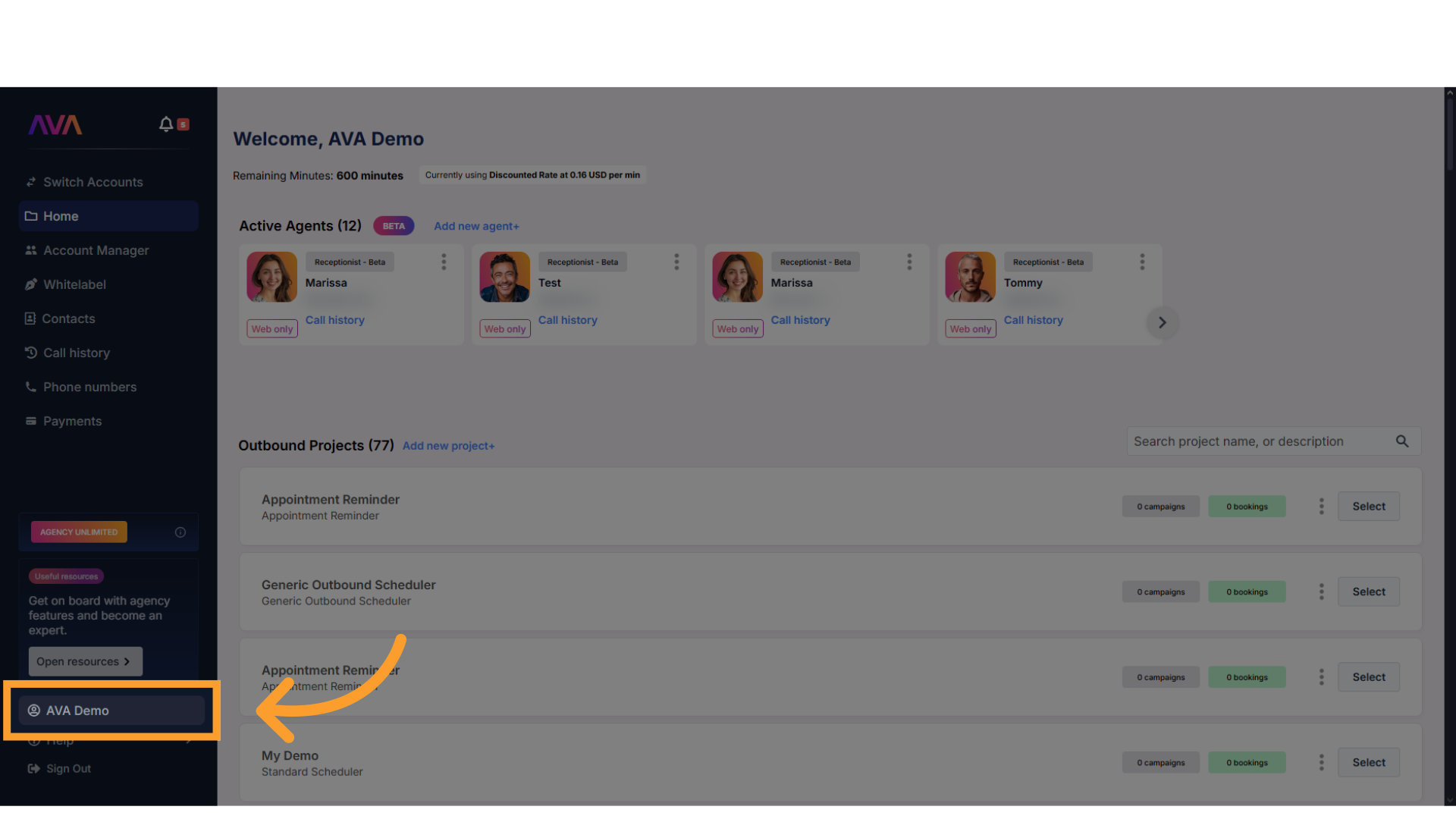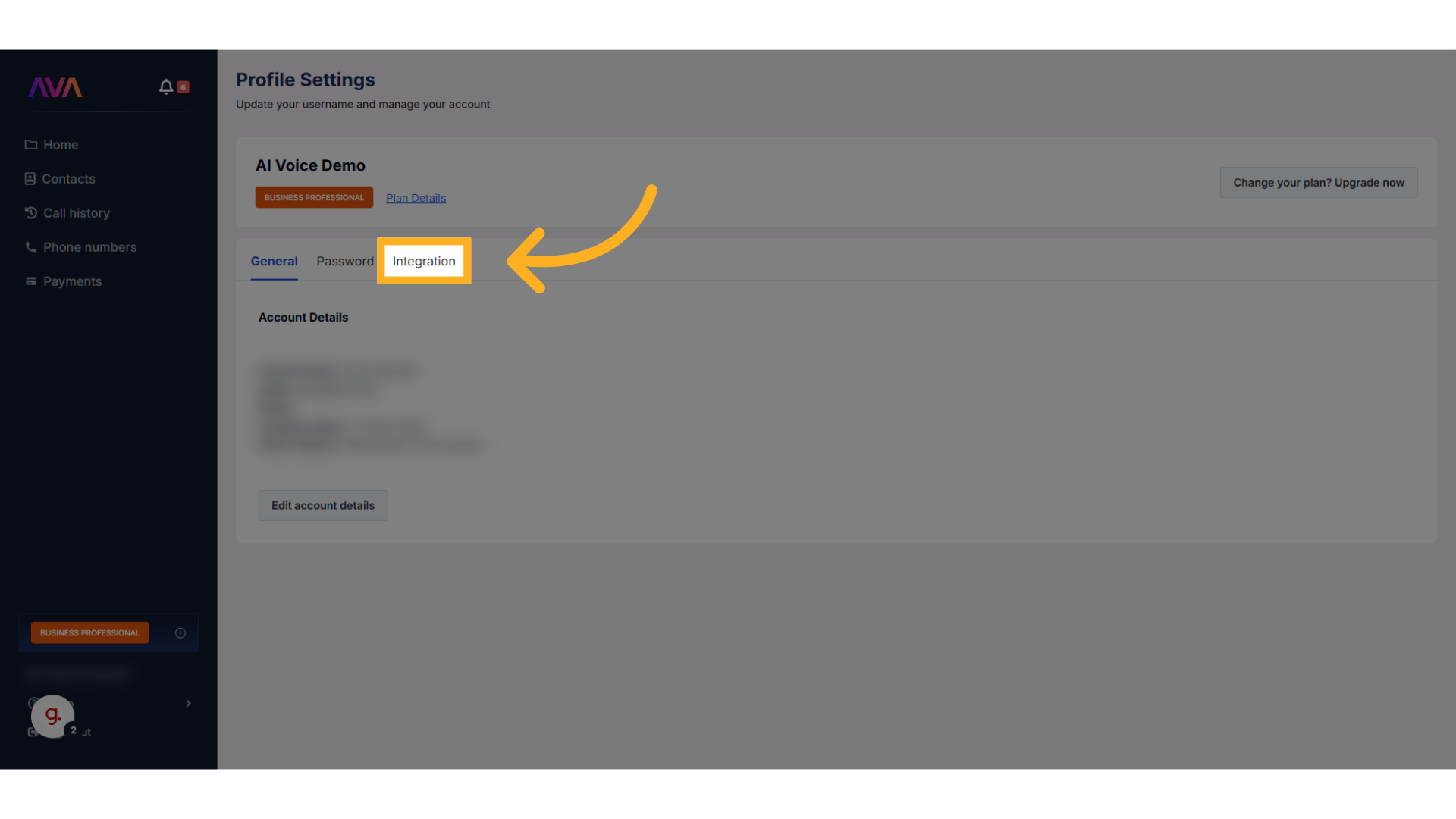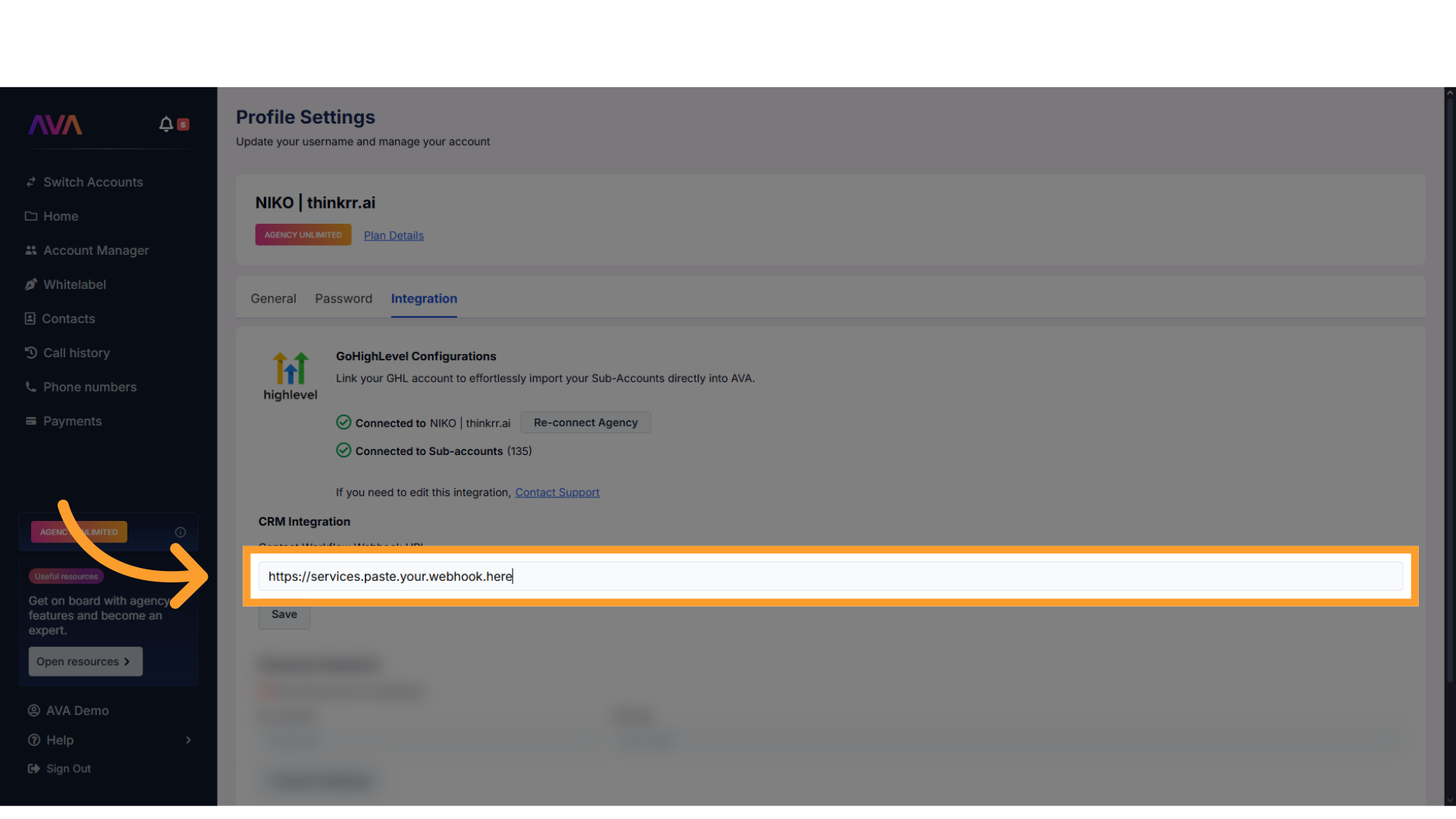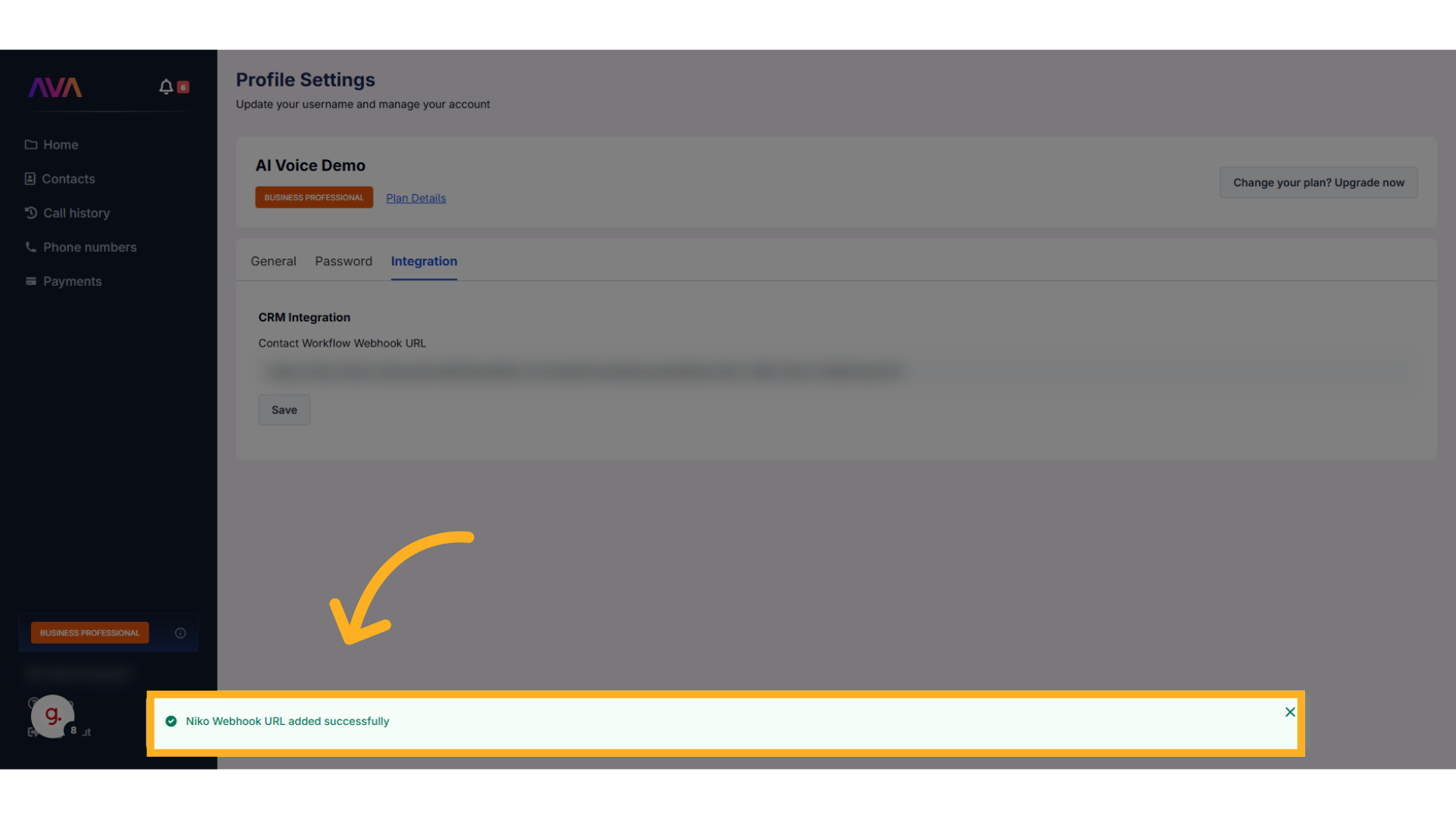Overview
🛠️ Why use Webhooks?Webhooks are flexible and work with any service that accepts incoming webhook POST requests, including but not limited to GoHighLevel, Zapier, Make (Integromat), custom APIs, and internal tools.
Webhooks eliminate the need for manual data entry and allow for fully automated data sharing between thinkrr and your external tools. This means every call event (successful connection, voicemail, failed attempt, etc.) can trigger your next action such as logging the call in your CRM, updating contact records, or launching follow-up sequences.
Setting Up Your Webhook
Navigate to Your Profile Settings
-
Click your profile name at the bottom left of the screen to access Profile Settings.

Click "Integration"
- Select the Integration tab.\

Enter and Save Your Webhook URL
- Paste the Webhook Endpoint URL provided by your external system or API into the designated field.
-
Click Save.

Confirm the Webhook Was Added
- A green confirmation popup will appear at the bottom of the screen once the webhook is successfully saved.

⚠️ Before you start:
Make sure the receiving API or endpoint is active and properly configured to accept webhook POST requests from thinkrr.
FAQs & Troubleshooting
General Questions
What is a webhook and how does it work with thinkrr?
What is a webhook and how does it work with thinkrr?
What kind of data does thinkrr send through the webhook?
What kind of data does thinkrr send through the webhook?
- Call recordings (URL links)
- Transcripts of the conversation
- Call outcome/status (e.g., Completed, No Answer, Left Message)
- Timestamps (date and time of the call)
- Customer details (name, phone number, email, if shared during the call)
- Additional metadata depending on your configuration
Configuration
Do I need to use GoHighLevel to set up a webhook?
Do I need to use GoHighLevel to set up a webhook?
Does my receiving system need to be published or active before I connect the webhook?
Does my receiving system need to be published or active before I connect the webhook?
Usage and Results
How fast is the data delivered via webhook after a call?
How fast is the data delivered via webhook after a call?
What happens if the webhook delivery fails?
What happens if the webhook delivery fails?
Can I use webhooks to trigger automations like follow-ups or notifications?
Can I use webhooks to trigger automations like follow-ups or notifications?
For additional questions or guidance, try using our Virtual Support Agent! Available 24/7 to help resolve most issues quickly at thinkrr.ai/support. If you still need assistance, visit our support site at help.thinkrr.ai and submit a Ticket or contact our team directly at [email protected].

